Sunflower seeds
Company sells oil, fodder and culinary sunflower seeds in large and small quantities. Delivery is made to European countries and around the world. Sunflower seeds are packed in sacks, Big Bags, shipped in bulk and delivery is by road, rail and sea. On the product pages you can find out the current prices for sunflower seeds and send an inquiry for more details on the payment terms and the delivery of sunflower seeds. You also have the option of using WhatsApp Messenger.
Showing all 7 resultsSorted by latest
-
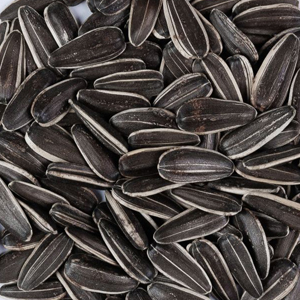
Sunflower seeds (Iregi)
Call for Price Send enquiry
-
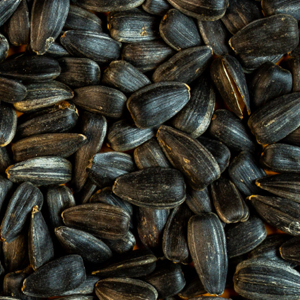
Sunflower seeds (black)
$ 435.00 /mt Send enquiry
-
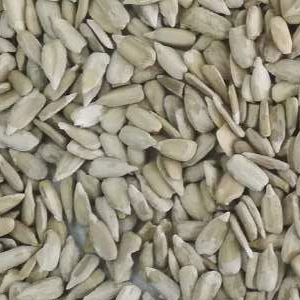
Sunflower seeds (hulled)
Call for Price Send enquiry
-
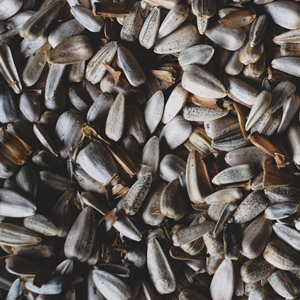
Sunflower seeds
$ 815.00 /mt Send enquiry
-
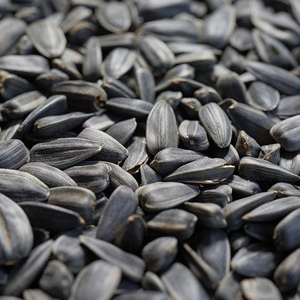
Sunflower seeds (black)
$ 350.00 /mt Send enquiry
-
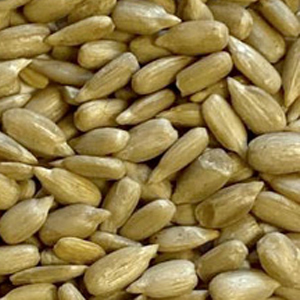
Sunflower seeds (bakery)
$ 820.00 /mt Send enquiry
-
Sale!
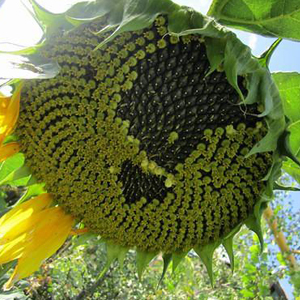
Sunflower seeds (black)
Original price was: $ 650.00.$ 440.00Current price is: $ 440.00. /mt Send enquiry
